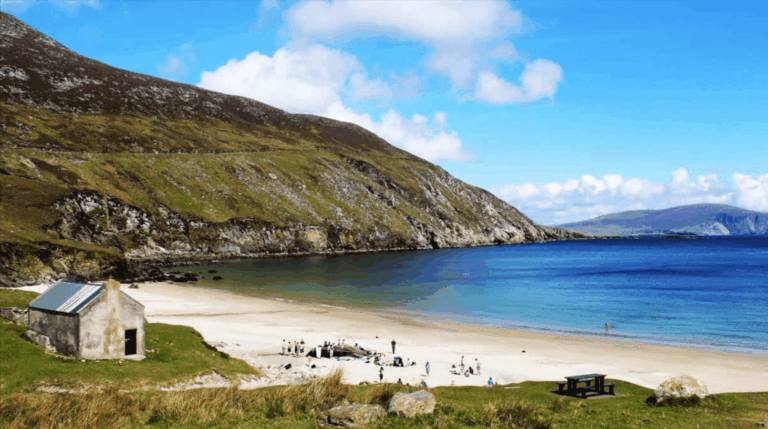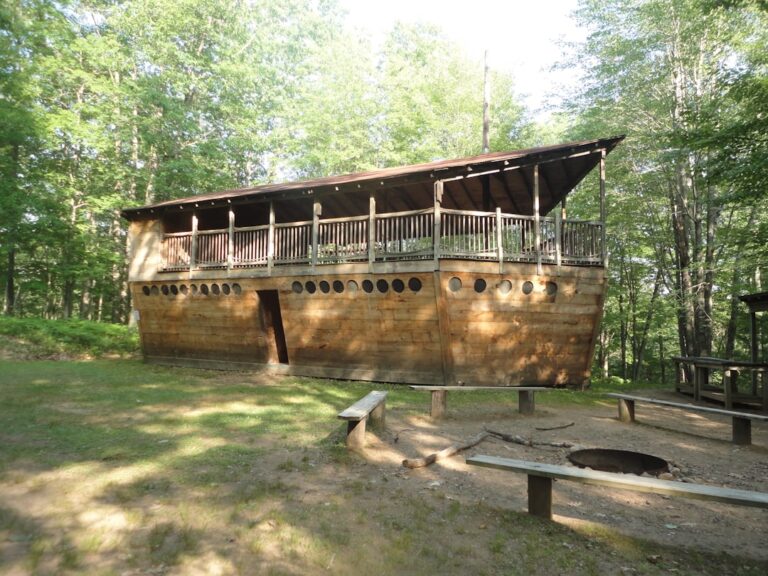Biodiversity is the variety of life on Earth, including the different plants, animals, and microorganisms, the genes they contain, and the ecosystems they form. It is essential for the health and stability of our planet. Biodiversity provides us with a wide range of ecosystem services, such as clean air and water, fertile soil for agriculture, and natural resources for food, medicine, and shelter. It also plays a crucial role in regulating the Earth’s climate and providing resilience against natural disasters. Furthermore, biodiversity has intrinsic value, as each species has its own unique characteristics and contributes to the beauty and wonder of the natural world.
Moreover, biodiversity is important for human well-being. It supports our livelihoods by providing us with food, fuel, and materials for construction and clothing. It also contributes to our physical and mental health by offering recreational opportunities and inspiring creativity and spiritual connection. Additionally, biodiversity is crucial for the global economy, as it underpins industries such as agriculture, forestry, fisheries, and tourism. In essence, biodiversity is the foundation of life on Earth, and its preservation is essential for the continued existence and prosperity of all living beings.
Key Takeaways
- Biodiversity is crucial for the health of ecosystems and the survival of species, including humans.
- Threats to biodiversity include habitat destruction, pollution, overexploitation, and climate change.
- Preserving biodiversity requires a combination of conservation efforts, sustainable resource management, and policy interventions.
- Protected areas play a vital role in safeguarding biodiversity by providing habitats for a wide range of species.
- Climate change poses a significant threat to biodiversity, leading to habitat loss, species extinction, and altered ecosystems.
- Sustainable development is essential for balancing human needs with the conservation of biodiversity and natural resources.
- Engaging the next generation in biodiversity conservation is crucial for ensuring the long-term protection of ecosystems and species.
Threats to Biodiversity
Despite its importance, biodiversity is facing numerous threats that are causing a rapid decline in species and ecosystems. One of the primary threats to biodiversity is habitat destruction and fragmentation due to human activities such as deforestation, urbanization, and infrastructure development. This leads to the loss of critical habitats for many species, making it difficult for them to survive and reproduce. Another major threat is overexploitation of natural resources, including overfishing, poaching, and illegal wildlife trade. This puts immense pressure on populations of various species and can lead to their extinction.
Furthermore, pollution from industrial activities, agriculture, and waste disposal is a significant threat to biodiversity. Pollution can contaminate water, soil, and air, leading to the decline of many species and the degradation of ecosystems. Invasive species are also a major threat to biodiversity, as they can outcompete native species for resources and disrupt entire ecosystems. Finally, climate change is exacerbating these threats by altering habitats, disrupting food chains, and increasing the frequency and intensity of extreme weather events. These threats are all interconnected and are driving the loss of biodiversity at an alarming rate.
Strategies for Preserving Biodiversity
Preserving biodiversity requires a multifaceted approach that addresses the various threats it faces. One key strategy is to protect and restore natural habitats through the establishment of protected areas and the implementation of sustainable land-use practices. This can help to safeguard critical habitats for many species and ensure their long-term survival. Another important strategy is to promote sustainable resource management by regulating the exploitation of natural resources and promoting sustainable practices in industries such as agriculture, forestry, and fisheries.
Additionally, it is crucial to address the drivers of biodiversity loss by implementing policies that promote sustainable development and reduce the impact of human activities on the environment. This can include measures such as promoting renewable energy sources, reducing pollution through stricter regulations and incentives for cleaner technologies, and promoting sustainable consumption and production patterns. Furthermore, it is essential to raise awareness about the importance of biodiversity and engage local communities in conservation efforts. This can be achieved through education, outreach programs, and partnerships with local stakeholders to promote sustainable practices and support conservation initiatives.
The Role of Protected Areas
| Protected Area | Size (sq km) | Number of Species | Visitor Numbers |
|---|---|---|---|
| Yellowstone National Park | 8,983 | 1,800 | 4,020,287 |
| Great Barrier Reef Marine Park | 344,400 | 1,500 | 2,000,000 |
| Yosemite National Park | 3,079 | 400 | 4,336,890 |
Protected areas play a crucial role in preserving biodiversity by providing safe havens for many species and ecosystems. They can range from national parks and wildlife reserves to marine protected areas and community-managed conservation areas. Protected areas help to conserve biodiversity by safeguarding critical habitats, providing refuge for endangered species, and maintaining ecological processes that are essential for the functioning of ecosystems. They also offer opportunities for scientific research, environmental education, and ecotourism, which can contribute to local economies and raise awareness about the importance of biodiversity conservation.
Furthermore, protected areas can serve as buffer zones against the impacts of human activities such as deforestation, pollution, and overexploitation of natural resources. They can also help to mitigate the effects of climate change by providing resilience against extreme weather events and supporting the adaptation of species to changing environmental conditions. However, it is important to ensure that protected areas are effectively managed and adequately funded to fulfill their conservation objectives. This requires strong governance, law enforcement, community involvement, and partnerships with various stakeholders to ensure the long-term sustainability of protected areas.
The Impact of Climate Change on Biodiversity
Climate change is one of the most significant threats to biodiversity, as it is altering habitats, disrupting ecosystems, and affecting the distribution and behavior of many species. Rising temperatures are causing shifts in the ranges of many plants and animals, leading to changes in species composition and interactions within ecosystems. This can result in the loss of biodiversity as some species are unable to adapt or migrate to suitable habitats. Furthermore, climate change is leading to more frequent and severe extreme weather events such as droughts, floods, and storms, which can have devastating impacts on ecosystems and wildlife.
Moreover, climate change is affecting marine ecosystems by causing ocean acidification, sea level rise, and changes in ocean currents and temperatures. This is impacting marine species such as corals, fish, and marine mammals, as well as the livelihoods of coastal communities that depend on marine resources. Additionally, climate change is exacerbating other threats to biodiversity such as habitat destruction, pollution, and invasive species by making ecosystems more vulnerable to these pressures. Addressing climate change is therefore essential for preserving biodiversity and ensuring the resilience of ecosystems in the face of ongoing environmental changes.
The Importance of Sustainable Development

Sustainable development is crucial for preserving biodiversity as it seeks to meet the needs of the present without compromising the ability of future generations to meet their own needs. It aims to balance economic growth with social equity and environmental protection to ensure a sustainable future for all living beings. Sustainable development promotes responsible resource management, energy efficiency, waste reduction, and conservation of natural habitats to minimize the impact of human activities on the environment. It also seeks to address social issues such as poverty alleviation, access to education and healthcare, gender equality, and social inclusion to create a more equitable and just society.
Furthermore, sustainable development encourages innovation and technological advancements that support environmental sustainability and promote green economies. It also emphasizes the importance of international cooperation and partnerships to address global challenges such as climate change, biodiversity loss, and environmental degradation. Sustainable development can help to create opportunities for green jobs, sustainable livelihoods, and resilient communities that are better equipped to adapt to environmental changes. By integrating environmental considerations into decision-making processes at all levels, sustainable development can help to ensure a healthy planet for future generations.
Engaging the Next Generation in Biodiversity Conservation
Engaging the next generation in biodiversity conservation is essential for ensuring the long-term sustainability of our planet. Education plays a crucial role in raising awareness about the importance of biodiversity and inspiring young people to become stewards of the environment. This can be achieved through formal education in schools as well as informal education through nature-based activities, environmental clubs, and youth organizations. By instilling a sense of responsibility towards nature from an early age, we can empower young people to take action for biodiversity conservation in their communities.
Furthermore, involving young people in hands-on conservation projects such as tree planting, wildlife monitoring, habitat restoration, and community clean-up initiatives can help them develop a deeper connection with nature and understand the value of their actions in preserving biodiversity. Providing opportunities for youth engagement in decision-making processes related to environmental issues can also empower them to become advocates for change and contribute their ideas and perspectives towards sustainable solutions. Additionally, promoting careers in environmental science, conservation biology, sustainable agriculture, eco-tourism, and other green industries can inspire young people to pursue professions that contribute to biodiversity conservation.
In conclusion, biodiversity is essential for the health of our planet and all living beings that depend on it. Preserving biodiversity requires concerted efforts to address threats such as habitat destruction, overexploitation of natural resources, pollution, invasive species, and climate change. Strategies for preserving biodiversity include protecting natural habitats, promoting sustainable resource management, raising awareness about its importance, engaging local communities in conservation efforts, and implementing policies that support sustainable development. Protected areas play a crucial role in preserving biodiversity by providing safe havens for many species and ecosystems. Climate change is impacting biodiversity by altering habitats and disrupting ecosystems. Sustainable development is crucial for preserving biodiversity by balancing economic growth with social equity and environmental protection. Engaging the next generation in biodiversity conservation is essential for ensuring the long-term sustainability of our planet by raising awareness about its importance among young people through education and hands-on conservation projects.
If you’re interested in learning more about the importance of animal conservation and the efforts to save endangered species, check out this article on metodoromania.com. The article discusses the challenges faced in preserving biodiversity and the various initiatives being taken to protect animals like Noah, the endangered species at the center of the “Saving Noah” campaign. It provides valuable insights into the global conservation efforts and the impact of human activities on wildlife.
FAQs
What is the article “Saving Noah” about?
The article “Saving Noah” discusses the importance of conservation efforts to protect endangered species and their habitats.
Why is it important to save endangered species like Noah?
Endangered species play a crucial role in maintaining the balance of ecosystems and biodiversity. Saving them helps preserve the natural world for future generations.
What are some ways to contribute to the conservation of endangered species?
Contributing to conservation efforts can be done through supporting wildlife reserves, reducing carbon footprint, and advocating for sustainable practices.
How can individuals get involved in saving endangered species like Noah?
Individuals can get involved by volunteering at conservation organizations, donating to wildlife protection causes, and spreading awareness about the importance of protecting endangered species.
What are the consequences of not taking action to save endangered species like Noah?
Failure to take action to save endangered species can lead to irreversible loss of biodiversity, disruption of ecosystems, and potential negative impacts on human well-being.












+ There are no comments
Add yours